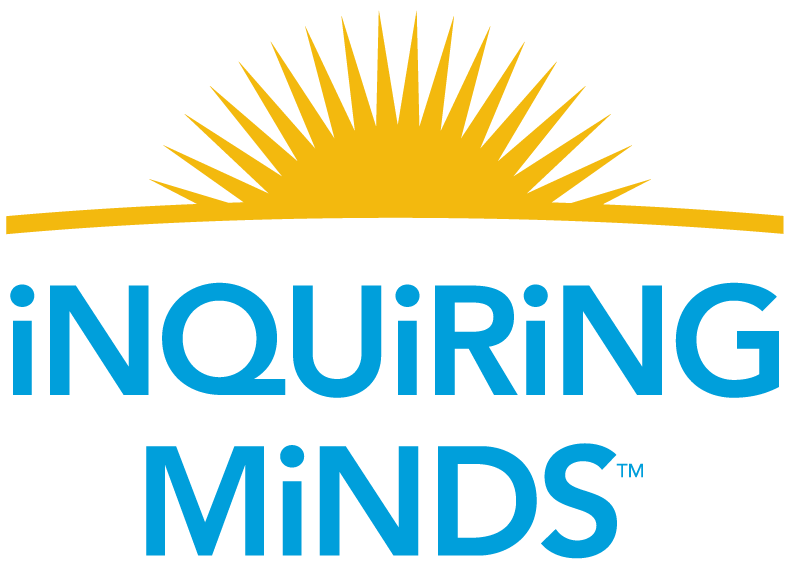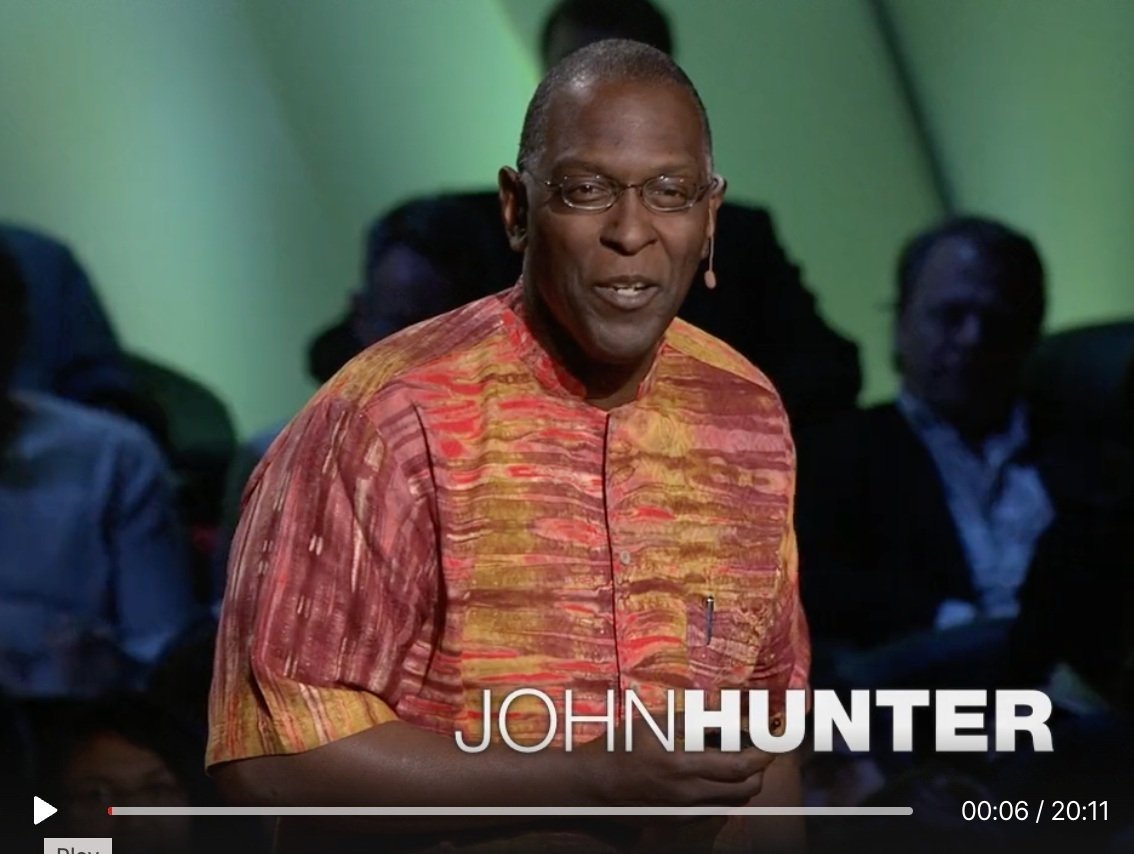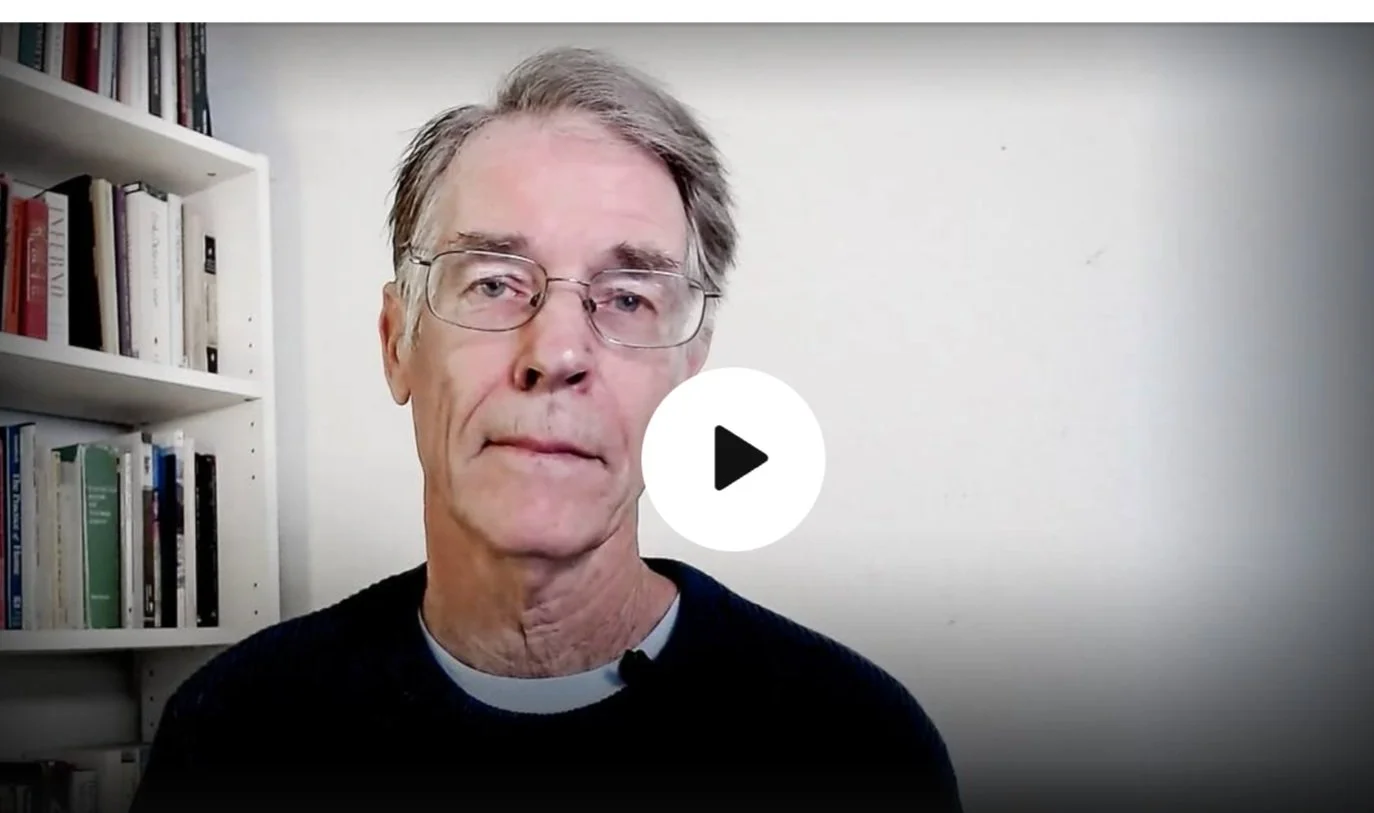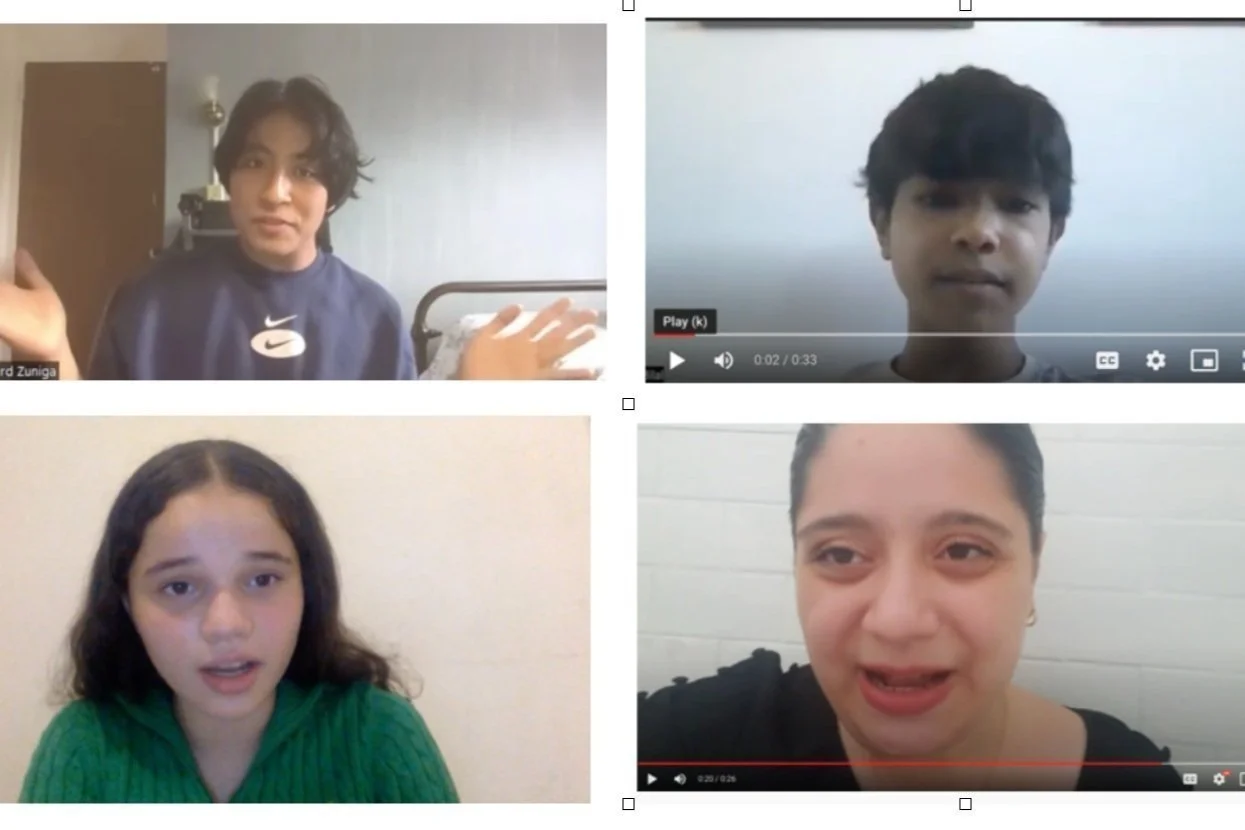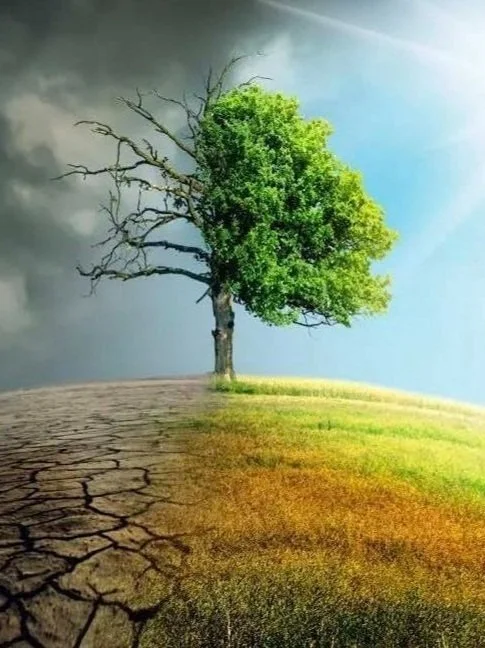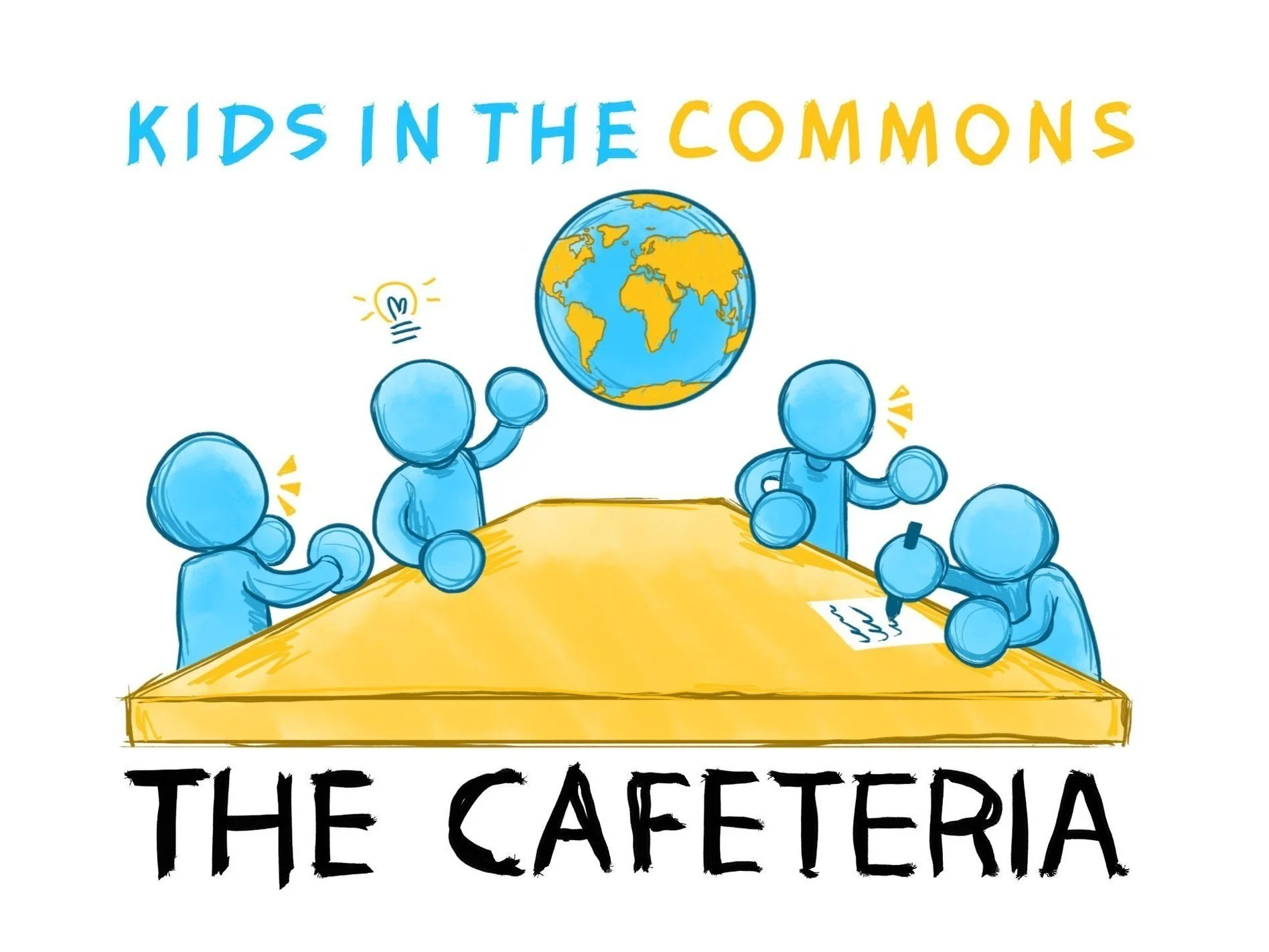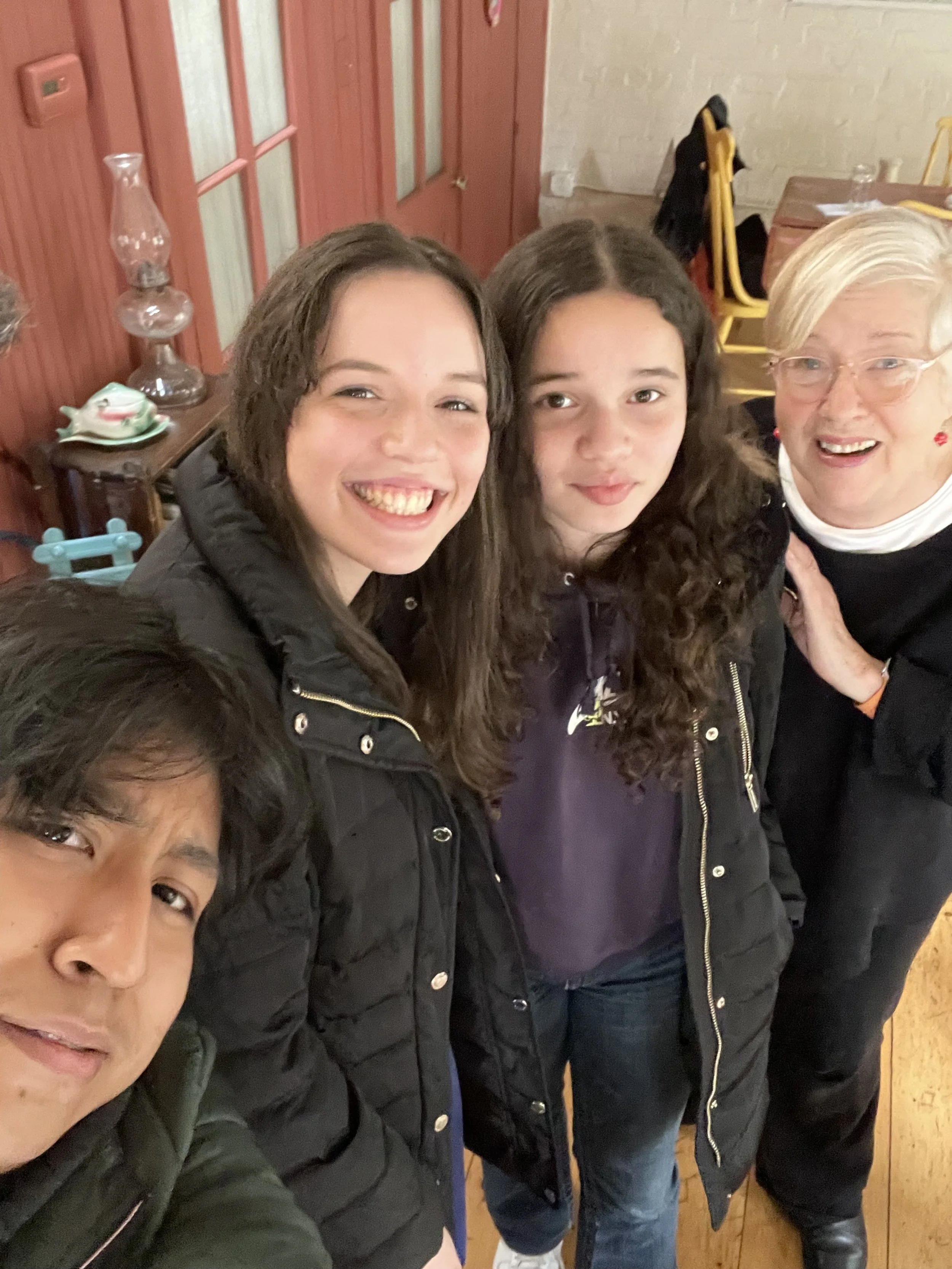Our board advisor, John Hunter, created a very successful hands-on game for 4th graders called World Peace in 4th Grade. He helped guide our student team as we created the game, The United States of ….
Science fiction writer and environmentalist Kim Stanley Robinson consulted with our student team after reading his latest book, Ministry for the Future. If you click on his image, you’ll hear his TEDtalk on climate change.
Stan spent well over an hour with the students answering all their questions about future challenges and opportunities.
Kids in the Commons/for Teachers #3
Kids learn –and play – for a better tomorrow
Our team – of 10-19 years olds – were starting to think about the way they, as citizens of the United States, will face environmental issues in the future. After much discussion and research our team decided to create a new country. Start fresh.
This led to the game The United States of …
Facilitated by DK Holland, Ed, 17, Bilal, 13, Raquel, 14 and Michelle (M&M) 19, the team landed on 4 broad themes: government, natural resources, society and economy. They created toolkits for each. Then they created 4 very different states in this new land.
Each of the students spent several months thinking, researching, debating, collaborating. They each developed and named their state – Artonia (Raquel), Nable (Bilal), Milore (M&M) and Fisosh (Ed).
To support the game the team created a lesson plan with tips and resources for each state to help teachers.
The team developed all the details required to play the game.
5th graders Phoenix, Julia and Melanie acted as consultants. Ed designed all the graphics.
One of our board advisors, John Hunter, who developed World Peace in 4th Grade which has been played by young people all over the globe, helped us think through some details as we neared completion. John says kids, unlike adults, solve huge, challenging global issues together each and every time when they play World Peace. This encouraged our team.
Every team member, including the 5th graders, contributed to each category, critiquing each other’s work throughout the process.
Playing the game
When kids play the game, they start by hearing the backstory of Artonia which is what the indigenous people called the island long ago, according to Raquel.
Then the students learn about the 4 states that occupy most of the land now, by listening to the video pitches the team made and each student playing choose the state they most want to live in.
They put on a lanyard for a role they wish to play (firefighter, Instagram Influencer, CEO, etc). They then elect officials for their state: a governor, judge and treasurer who also get lanyards.
As citizens of each state form their government, they are just in time to face the climate challenges together - and decide whether and how to help the other states with their dilemmas.
And, ultimately, all the students must decide whether to form a democratic country. Will they? If they do, they can go much further – creating a constitution, flag, national currency.
Standards met
D2.Civ.2.3-5. Explain how a democracy relies on people’s responsible participation, and draw implications for how individuals should participate.
D2.Civ.3.3-5. Examine the origins and purposes of rules, laws, and key U.S. Constitutional provisions.
D2.Civ.4.3-5. Explain how groups of people make rules to create responsibilities and protect freedoms.
D2.Civ.5.3-5. Explain the origins, functions, and structure of different systems of government, including those created by the U.S. and state constitutions.
D2.Civ.6.3-5. Describe ways in which people benefit from and are challenged by working together, including through government, work-places, voluntary organizations, and families. Describe ways in which people benefit from and are challenged by working together, including through government, work-places, voluntary organizations, and families.
If you click the team above (Ed Zuniga, Bilal Homer, Raquel Del Villa, Michelle (M&M) Maniyeva you’ll hear their persuasive pitches for each of the 4 states in this new land.
Educators DK Holland and Maria Galarce Crain set up The United States of… at the NCSS (National Council for the Social Studies) 103rd annual conference. Educators were thrilled to engage in the game because it was created by kids.
Dr. Patricia Crain Galarce, longtime collaborator and board member of Inquiring Minds, created our poster, (scroll down for enlarged) presented at NCSS. Poster designed by Nadege Tessono.
Maria Galarce Crain, DK Holland and Patricia Crain Galarce at NCSS after their poster session.
Below, enlargement of poster designed by Dr. Galarce for our poster session at NCSS’s 2023 Annual Conference.,
Kids in the Commons/for Teachers #2
Kids ask “How can humans impact the future?”
8 student team of 10-19 year olds spent for
6 months exploring this inquiry resulting in
5 free resources for you and your students.
This is the 1st of 5 student co-created tools in our series, ‘How can humans impact the future?’ This one is perfect for Earth Day.
What’s the desired outcome?
To deepen your students’ critical thinking skills, abilities to collaborate cooperatively. We all know young people are extremely concerned about the future they face: They must navigate an ocean of disinformation and a windstorm of conflicting points of view. They (as we all) must sort through what’s true, what’s partially true and what’s downright false.
Plug and play. It's so simple.
We (along with our student team) designed these student-created, inquiry-based, scan-able documents so you, the teacher, may just share the link we provide with your class and ask them to dive into it on their tablets as teams or individually. Since these articles are all researched and written by students like themselves, we think they will not see them as authoritative and, therefore, be more critical in their review of them.
Our advice: Give them as little guidance as absolutely necessary. Just let your students, as in real life, figure it out themselves, as teams or solo. Ask them to share and discuss their findings and see where it leads. When needed you might ask probing questions (you’ll see lots of examples in What is Inquiry?) to move the conversation to a deeper level.
The discipline of inquiry helps develop critical thinking skills
We urge our student team to become healthy skeptics: to question what they read or hear even if it's from a teacher or other authority figure. They learn from each other and critique each other’s work. Our students are encouraged to challenge anything in any of the documents.
Our students embrace failure as part of the process of learning, they collaborate more freely. They also, as a result, develop a very respectful yet critical, probing dialog among each other. That’s what we would hope for your students: that they learn from each other, develop trust, peer-to-peer.
Your students may conduct more research, as a result, to develop their point of view and share ideas. All this will improve their work process.
Besides being an important life skill, the ability to collaborate in this way is something that employers prioritize when look for when hiring. Since the project is also civics-based, there are many ways for students to get excited about getting involved in seeing their role as a ‘human would can impact the future.’
How can humans impact the future? 4 more lessons …
Each of our 5 documents is organized in a similar way, designed for your students to use as a reference as they, too, explore a big question about the future.
Each article also includes:
Timeline
How to use this article
Personal statement from the student author
Definitions
Historical context
Pros and cons
Individuals who’ve made a difference - including kids
Challenges for your students
References for all research including hyperlinks
and much more
I reviewed all the documents many times as they developed and have provided gentle editing but please note - the contents have not been fact-checked – and they are, by their nature, flawed. They contain not just fact, but opinion. But that’s part of the point: Your students are invited to improve them!
Who was on the team?
Julia, age 10, Melanie, age 11, Phoenix, age 12, Bilal, age 13, Angelina, age 13, Hannah, age 14, Diya, age 14, Raquel, age 14, Michelle age 19. All are New York City public school students (from elementary school to college). Each article was created by 1 or more students and all the students collaborated on all the articles. Facilitated by DK Holland.
Science fiction writer and environmentalist Kim Stanley Robinson consulted with our student team after reading his latest book, Ministry for the Future.
Stan presented at COP26 and is considered one of the most knowledgable science fiction writers on climate change,
The students conducted the interview with questions they had prepared.
Stan spent a great deal of time with our student team, answering all their questions about future challenges and opportunities.
Standards met
D2.Civ.1.3-5. Distinguish the responsibilities and powers of government officials at various levels and branches of government and in different times and places.
D2.Civ.2.3-5. Explain how a democracy relies on people’s responsible participation, and draw implications for how individuals should participate.
D2.Civ.3.3-5. Examine the origins and purposes of rules, laws, and key U.S. Constitu-tional provisions.
D2.Civ.4.3-5. Explain how groups of people make rules to create responsibilities and protect freedoms.
D2.Civ.5.3-5. Explain the origins, functions, and structure of different systems of government, including those created by the U.S. and state constitutions.
D2.Civ.6.3-5. Describe ways in which people benefit from and are challenged by working together, including through government, work-places, voluntary organizations, and families. Describe ways in which people benefit from and are challenged by working together, including through government, work-places, voluntary organizations, and families.
The team met with Tim Easton (above middle left) against a tropical background) to understand what a volunteer first responder is trained to do in response to a natural disaster. Melanie age 10, lead the interview.
In starting to think about the way we, as civic-minded humans, relate to our planet, our team zoomed in on a relatable microcosm of democracy - the school cafeteria. A cafeteria is clearly a bountiful common (shared) space - and a veritable cornucopia of conflicting civic values for 5th graders, which is our grade focus. It’s a place all kids have a relationship with and strong opinions about.
M&M, 19, Bilal, 14, Ed, 18, Damani 17 and Michelle 20 and I started by creating a Jam Board to explore the essential question: ‘What are our rights in the cafeteria?’ When all the many queries that came to our 6 minds were put on post-its, we saw they fit into 4 broad themes - food, waste, the social environment and, of course, rights and responsibilities. So we created a team for each topic and what followed was several months of thinking, researching, debating, collaborating and then figuring out how to present our findings to be as engaging and illuminating as possible.
Everyone contributed to each category and critiqued each other’s work in the process.
The students each created and led their video slide presentations. To support their presentation each of the students created a lesson plan with tips and resources to help teachers.
All this can be found at the part of our website called Our KidCivics Videos. We also co wrote a long form article called Kids Inherit the Earth.
Kids in the Commons/for Teachers #1
Kids inquire: What are our rights in the cafeteria?
Graphic by Ed Zuniga
Jamboard that helped the team think through their concerns. After all questions were asked, they were assigned colors to create categories.
Standards met
D2.Civ.2.3-5. Explain how a democracy relies on people’s responsible participation, and draw implications for how individuals should participate.
D2.Civ.3.3-5. Examine the origins and purposes of rules, laws, and key U.S. Constitu-tional provisions.
D2.Civ.4.3-5. Explain how groups of people make rules to create responsibilities and protect freedoms.
D2.Civ.5.3-5. Explain the origins, functions, and structure of different systems of government, including those created by the U.S. and state constitutions.
D2.Civ.6.3-5. Describe ways in which people benefit from and are challenged by working together, including through government, work-places, voluntary organizations, and families. Describe ways in which people benefit from and are challenged by working together, including through government, work-places, voluntary organizations, and families.
Some of the team members - Ed, Michelle, Raquel and DK celebrated the completion of this Kids in the Commons project which took a total of 10 months (meeting twice a week) as a collaborative in after school meetings.
